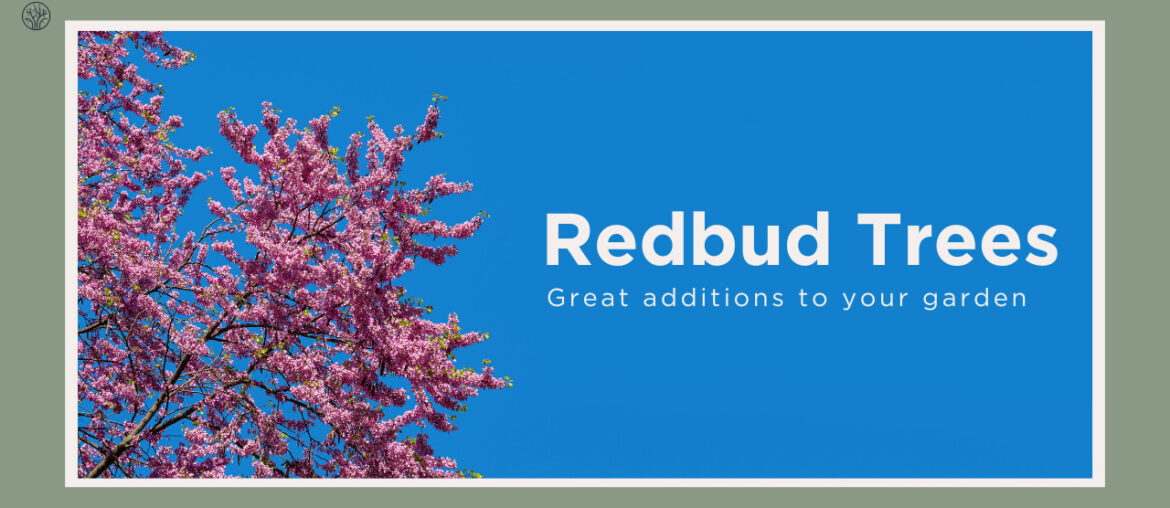Redbud trees are famous for their vibrant blossoms and heart-shaped leaves. In this guide, you’ll learn everything you need to know about Redbud trees, from their pros and cons to their care and maintenance. You’ll also find answers to some common questions that people have about these charming trees.
Key Takeaways
- Redbud trees are a delight to the eye, with their dazzling flowers and heart-shaped leaves that add a splash of color to any landscape.
- They are also easy to grow, as they can tolerate drought and adapt to different kinds of soil, making them suitable for various garden settings.
- By attracting pollinators, Redbud trees help sustain local ecosystems and promote biodiversity.
- While generally low-maintenance, Redbuds do require some care, especially in their early years and during dry spells in summer.
- It is important to be aware of their vulnerability to pests and diseases, and their relatively short lifespan, to ensure proper care and management.
- Their shallow, non-invasive root system makes Redbuds a safe choice for urban gardens and planting near structures.
- Redbud trees typically start blooming within a few years of planting and can continue to do so for up to 30 years, adding long-term beauty to your garden.
Pros Of Redbud Trees
If you’re looking for a tree that can brighten up your landscape with its stunning flowers and foliage, a Redbud is definitely a good choice.
1. Stunning Appearance
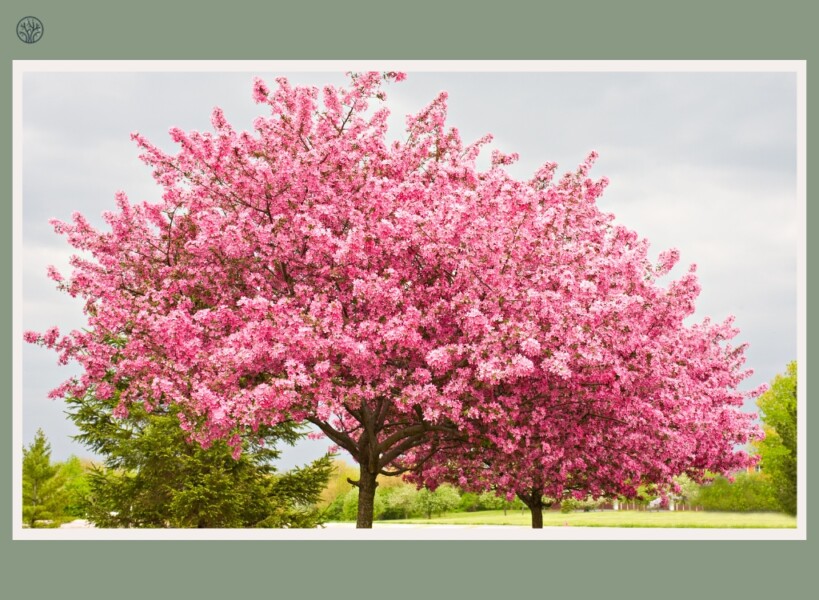
Redbud trees are a delight to behold. They welcome spring with a profusion of flowers in shades of pink, purple, or white, creating a stunning contrast with their bare branches. Their heart-shaped leaves, ranging from green to burgundy, add to their charm, making Redbuds a captivating feature in any landscape.
2. Drought Tolerance
Once established, Redbud trees can survive with little water. This makes them an excellent choice for gardens in dryer climates or for gardeners who want to save water. Their ability to thrive with minimal water once mature is a significant advantage, especially in areas where water is scarce.
3. Low-Maintenance
Redbuds are low-maintenance trees that can adapt to various soil types. They can grow in different kinds of soil and don’t need a lot of attention. This means that you don’t have to worry too much about the soil quality, the fertilizer, or the tree guard when planting them.
Redbuds are ideal for both beginners and experts who want to enjoy their beauty with minimal effort.
4. High Variety
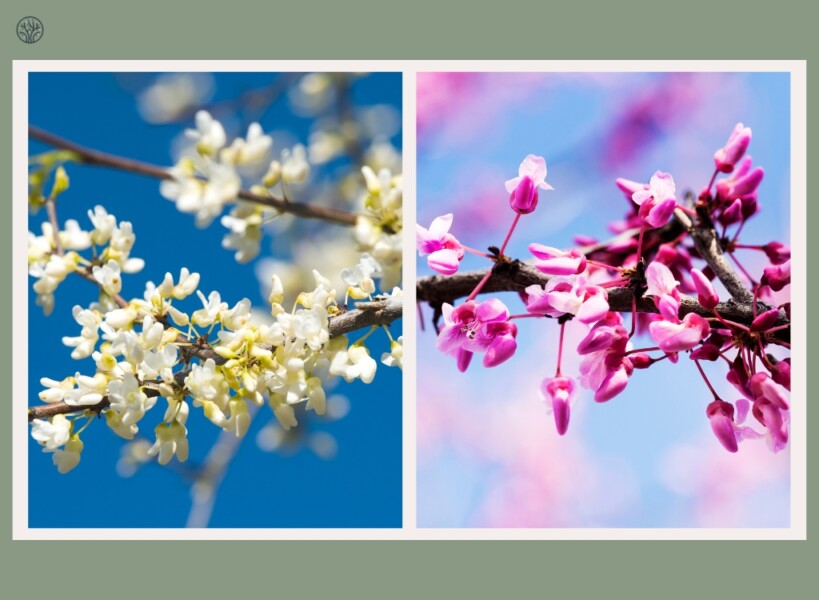
There are many redbud species that offer a wide range of flower and leaf colors to suit your preference. You can opt for the classic Eastern Redbud with its pink blossoms and green foliage, or try the Vanilla Twist with its white flowers. You can even choose the Ruby Falls with its dark purple to almost black leaves.
So if you are looking to add a touch of color to your garden, there will definitely be a type of redbuds suitable for you.
5. Pollinator Attraction
Redbud trees are a feast for the eyes, but they also know how to make themselves even more stunning by attracting different pollinators like bees and butterflies to help them pollinate. This is not only beneficial for the trees, but also for the surrounding plants in your garden.
By planting redbuds in your garden, you will make it much more lively, especially in the spring when their colorful flowers and helpful pollinators create a beautiful and buzzing scene.
6. Small Size
The relatively small size of redbud trees makes them an ideal choice for smaller gardens or planting under power lines. Their compact size ensures they fit well in urban landscapes or as a lower layer in larger gardens.
7. Long-Lasting Blooms
Redbud trees have a long blooming season. The flowers stay for several months, giving you a lasting show of color and beauty.
Typically redbuds will bloom in April and May, but in great condition when the weather is not too hot, these flowers can last until late summer, giving you a lasting show of color and beauty.
Cons Of Redbud Trees
While Redbud trees are generally robust, they are not immune to pest problems. Common issues include infestations by aphids, scale insects, and Japanese beetles. These pests can damage the trees and make them look bad if you do not know manage your tree well.
2. Short Lifespan
One of the more notable drawbacks of Redbud trees is their relatively short lifespan. They usually live for about 20 to 30 years, which is shorter compared to many other tree species. You should keep this in mind if you are looking for a long-lasting landscape design.
3. Water Needs
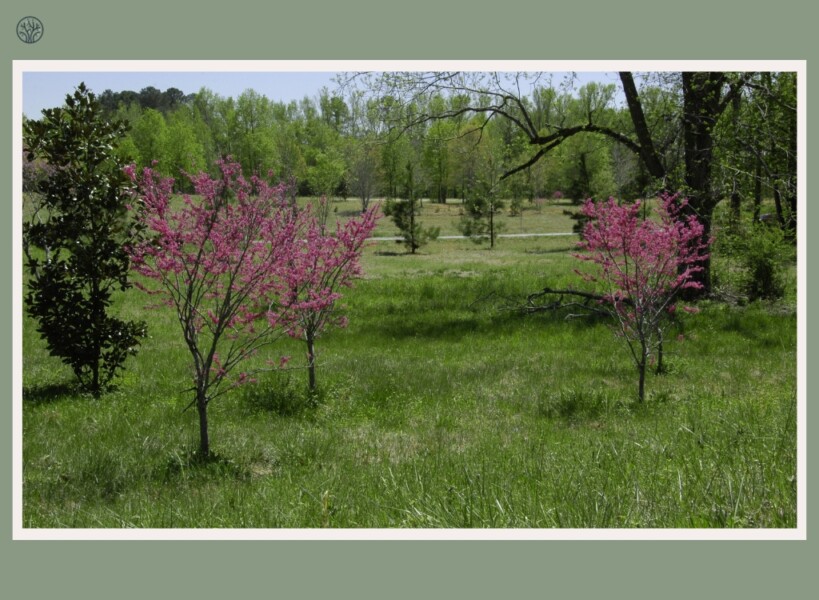
As we mentioned earlier, redbuds are drought-tolerant only when they are mature and have a strong root system.
During their initial growth period, Redbud trees need a lot of water. This can be hard, especially in places where water is limited or if you do not have enough time to take care of them. In the first few years of their growth, you will have to water them well to ensure your trees can grow strong and healthy.
4. Disease Vulnerability
Redbuds are susceptible to several diseases, such as canker, verticillium wilt, and leaf spot. These diseases can get worse if the trees are in bad condition and can lead to significant health issues for the tree.
While dangerous, it can be quite easy to avoid these problems as you just need to monitor your tree regularly, look for any abnormal signs, and treat them promptly.
5. Messy Shedding
In the fall, redbud trees can create a mess with their shedding leaves and seed pods. This is particularly troublesome if you want to keep your lawn clean during the fall. Be prepared because you may need more than a leaf blower to clear them.
Redbud Trees: Planting And Caring Tips
Now let’s see how you can care for redbud trees.
Ideal Conditions
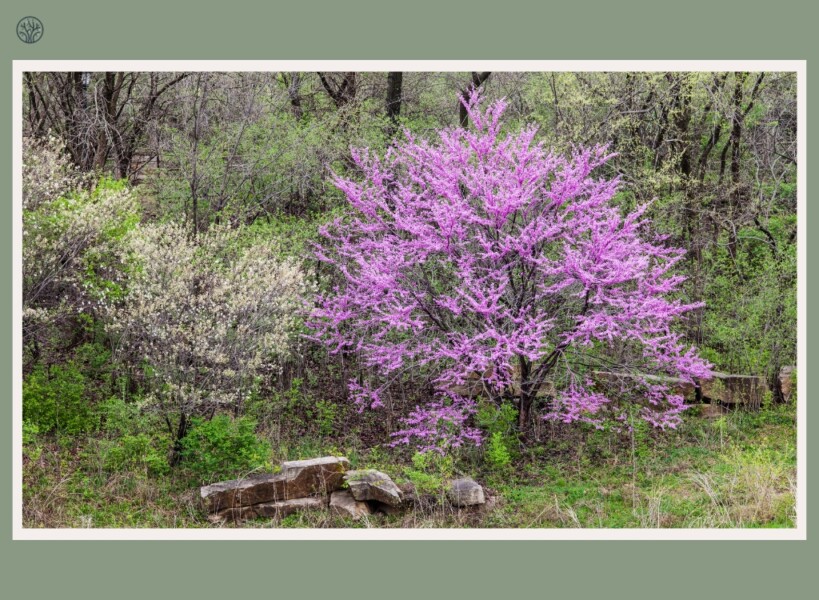
Redbud trees grow best in conditions that are similar to their natural habitat. They prefer a mix of sun and shade, with at least six hours of sun every day. If there’s not enough sunlight in the area, you can also provide them with additional hours of grow light to ensure adequate growth.
The soil should be well-draining yet moist, and rich in organic matter. Redbuds are adaptable to various soil types, including clay, loam, or sandy soils, as long as the drainage is adequate. They also prefer a slightly acidic to neutral soil pH.
A key to successful Redbud growth is protection from harsh conditions. While they can tolerate moderate wind, it’s best to plant them in a location sheltered from strong winds to prevent damage to their delicate branches and blooms. Similar to cactus, redbud can withstand moderate cold but they might need a little help if the temperature drops too low.
Best Time To Plant Redbud Trees
The optimal time for planting Redbud trees is during the cooler months of fall or early spring. Planting during these seasons allows the trees to establish roots in the cooler, moist soil, which prepares them for the summer heat and dryness.
If you have to plant in the fall, remember to plant the tree after the leaves have dropped but before the ground freezes. This timing gives them a chance to establish roots without the stress of supporting full foliage.
In spring, aim to plant after the last frost but before the tree begins active growth. This gives the tree a balance of cool temperatures and more daylight, which helps the roots grow.
Signs Of A Healthy Redbud
To make sure your Redbud tree is healthy and happy, you need to look for some signs. A healthy Redbud usually has:
- Vibrant Foliage: Look for leaves that are rich in color, without yellowing or browning at the edges. The leaves should be full and lush, showing that the tree has enough water and nutrients.
- Sturdy Branches: Healthy branches should be robust and not cracked or broken. They should have new growth in the growing season.
- Active Bud and Flower Production: In spring, a healthy Redbud should produce an abundance of buds and flowers.
- Absence of Disease and Pests: Check for signs of disease such as cankers or wilted leaves, and inspect for pests like aphids or beetles. A healthy tree should show no significant signs of either.
- Strong Root System: While not always visible, a healthy root system is crucial. If visible, roots should appear firm and spread out, not coiled or girdling the tree.
Redbud Tree In Summer
During the summer months, Redbud trees require specific care to maintain their health and beauty:
- Watering: While established Redbuds are drought-tolerant, they benefit from regular watering during prolonged dry summers. The soil should be moist but not waterlogged.
- Mulching: Apply a layer of organic mulch around the base of the tree. This helps retain soil moisture, regulates soil temperature, and reduces weed competition.
- Pruning: Summer is a good time to prune any dead or diseased branches. Pruning helps maintain the tree’s shape and promotes healthy growth.
- Fertilizing: If necessary, a balanced, slow-release fertilizer can be applied in early summer to support growth. However, avoid over-fertilizing, as this can do more harm than good.
- Pest and Disease Monitoring: Regularly inspect the tree for signs of pests or disease. Early detection and treatment are key to managing potential problems.
FAQs
Is a redbud tree messy?
Redbud trees can be somewhat messy, particularly in the fall when they shed their leaves and seed pods. You can keep the mess under control by raking and cleaning regularly during this time.
Do redbud trees have invasive roots?
Redbud trees have shallow and spreading roots that are not invasive. They are unlikely to damage sidewalks, foundations, or utilities. This makes them safe to plant near homes or in urban areas.
How many years for a redbud tree to bloom?
Redbuds usually bloom within 4 to 6 years of planting. The exact time depends on the tree’s health and growing conditions. Optimal care and a planting environment can help them bloom earlier and more abundantly.
What is the lifespan of a redbud tree?
Redbuds live for about 20 to 30 years on average. Their lifespan depends on their environment, care, and disease. With proper care and disease prevention, some redbuds can live longer, but they are usually short-lived trees.

